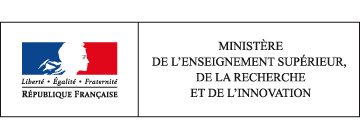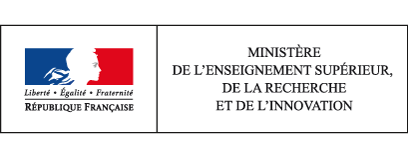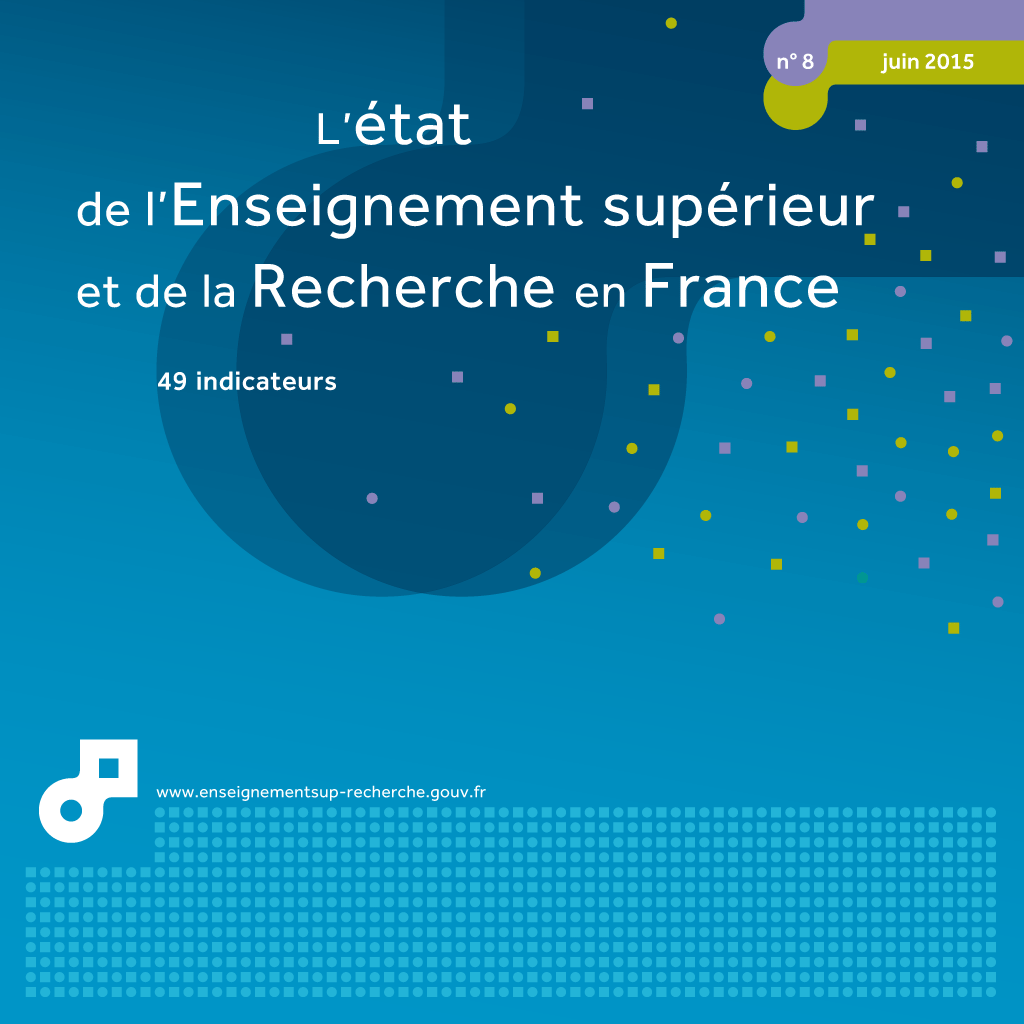46 France's scientific publications
This page has been updated. Read 46. France's scientific profil through its publications in Higher education & research in France, facts and figures 10th edition - June 2017
In 2013, France accounted for 3.5% of worldwide scientific publications in all subject areas combined. Although French research shows a marked specialisation in the broad subject area of Mathematics and that of 'Astronomy and Astrophysics', its publications are most cited at international level in the subject areas of 'Agriculture and Plant Biology', 'Civil and Mining Engineering' and 'Agri-Food'.
In 2013, France accounted for 3.5% of scientific publications produced worldwide in all subject areas combined and its world share of immediate citations (after two years) was 3.9%. At 1.12, its immediate impact index (ratio of its share of citations to its share of publications) is higher than the worldwide average which is 1 by definition (chart 46.01).
In the early 1990s, the share of worldwide publications produced by France increased to more than 5% in 1995, after which it remained stable. From 1999, this share fell continuously, due in large part to the arrival of new countries on the international scientific scene. This marked decline from 1999 to 2005 slowed between 2005 and 2010, but has become more noticeable since 2010, when it resumed the trend observed in the early 2000s. Its world share of citations after 2 years also fell during this period, albeit to a lesser extent. As a result, France's impact index has improved significantly over the period as a whole, increasing from 0.91 in 1993 to 1.12 in 2013.
France's disciplinary profile has changed little between 2008 and 2013. It appears balanced, with the exception of a marked specialisation in Mathematics (where it has a specialisation index of 1.61) and despecialisation in Social Sciences (where it has an index of 0.57). Its specialisation indices are greater than 1 in Physics and Astro-sciences and Earth Sciences and lower than 1 in Biology and Applied Ecology, Chemistry and Humanities (chart 46.02). Between 2008 and 2013, France increased its specialisation index in Social Sciences (+18%) and Astro-Sciences and Earth Sciences (+8%). By contrast, its specialisation factors in Chemistry and Engineering Science fell by 6% or more.
In 2013, with the exception of Social Sciences and Humanities and Mathematics, the visibility of French publications (observed impact index) and that of the scientific journals in which they were published (expected impact index) were higher than the worldwide average in all subject areas (diagram 46.03). The average visibility of French publications was highest in the fields of Biology and Applied Ecology and, to a lesser degree, Chemistry, Physics and Engineering Science. It was also in these broad subject areas, together with Astro-Sciences and Earth Sciences, that French publications appeared in journals with higher international visibility. Between 2008 and 2013, France's observed impact index and expected impact index increased for all major subject areas, with the exception of Mathematics. The visibility of French publications and that of the journals in which they were published increased most in the fields of Medical Research, Biology and Applied Ecology and Social Sciences and Humanities.
In 2013, France accounted for more than 5% of worldwide publications in Mathematics and the subject area 'Astronomy and Astrophysics' (table 46.04a). Between 2008 and 2013, France's share of worldwide publications declined in most of its top ten publication subject areas in Life and Materials Sciences.
In 2013, France's impact index was greater than 1.25 in five subject areas (table 46.04b). Between 2008 and 2013, the visibility of French publications increased overall in the ten subject areas in which it is most visible and, in particular, by more than 15% in 'Civil and Mining Engineering' and 'Agri-Food'. France had a strong presence and its publications were most visible in 'Geosciences', 'General Physics' and 'Particle and Nuclear Physics'.
How to cite this paper :
close
Key figures
46.01 France's share of worldwide publications and citations and impact factor after 2 years, all subject areas combined (between 2001 and 2013)
You can embed this chart to your website or your blog by copying the HTML code and pasting it into the source code of your website / blog:
close
46.02 France's specialisation factor, by subject area (2008 and 2013))
You can embed this chart to your website or your blog by copying the HTML code and pasting it into the source code of your website / blog:
close
46.03 France's expected impact index after 2 years and observed impact index after 2 years, by subject area (2008 to 2013)
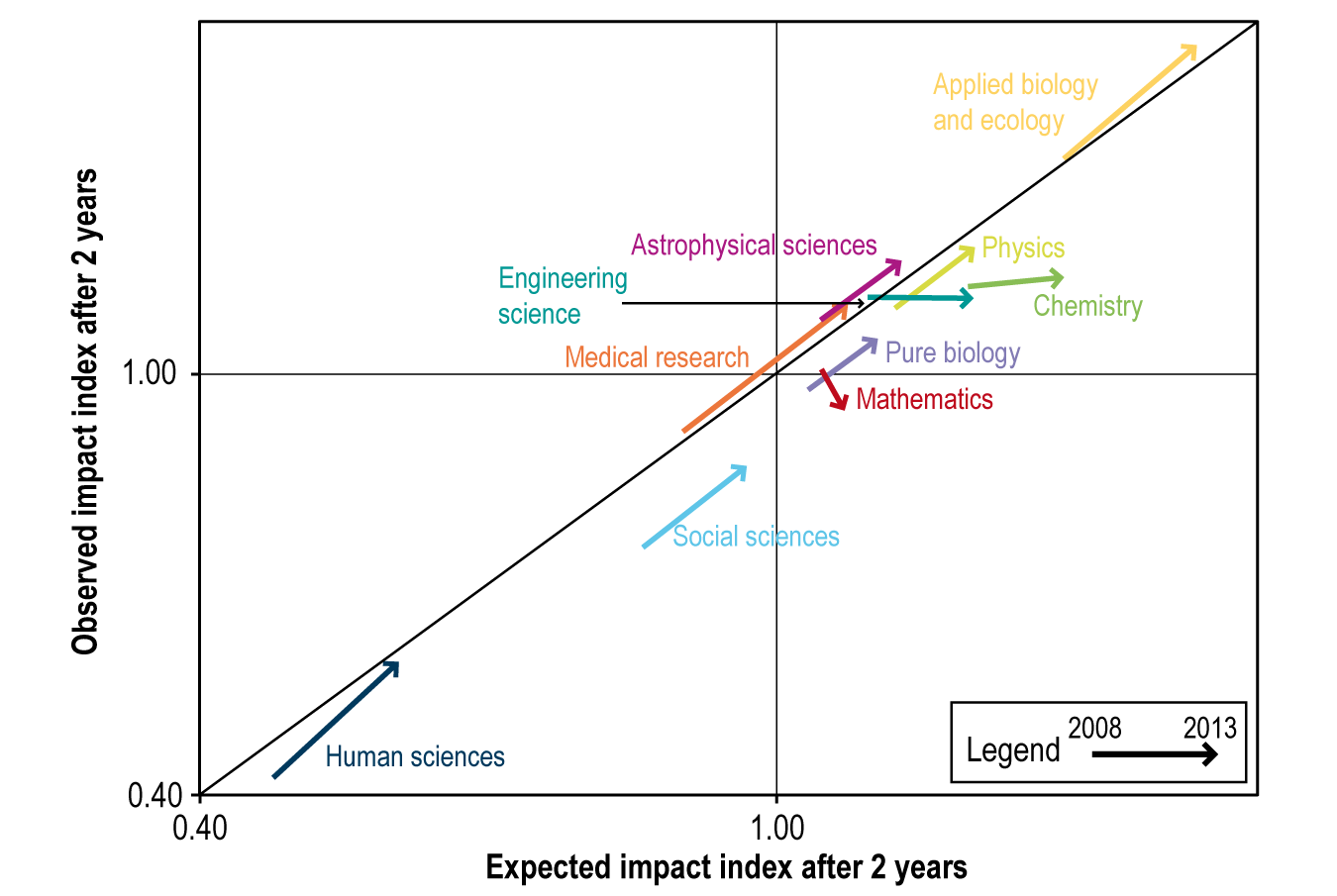
In 2008, the visibility of French publications (observed impact index, Y-axis) in the field of astrophysical sciences was greater than the average visibility of papers published in the same journals (expected impact index, X-axis), both of which were close to the worldwide average of 1. Between 2007 and 2012, the visibility of publications in the field of astrophysical sciences and that of the journals in which they were published increased and significantly exceeded the worldwide average for this subject area.
You can embed this diagram to your website or your blog by copying the HTML code and pasting it into the source code of your website / blog:
close
46.04a France's share of worldwide publications and observed impact index after 2 years (in 2013 and between 2008 and 2013) in its top ten publication subject areas within physical and life sciences
You can embed this table to your website or your blog by copying the HTML code and pasting it into the source code of your website / blog:
close
46.04b France's share of worldwide publications and observed impact index after 2 years (in 2013 and between 2008 and 2013) in its most visible subject areas within physical and life sciences
You can embed this table to your website or your blog by copying the HTML code and pasting it into the source code of your website / blog:
close
Translation
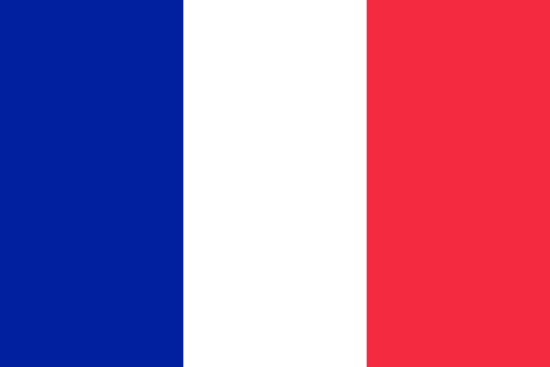 Etat de l'enseignement supérieur et de la rechercheL'état de l'Enseignement supérieur et de la Recherche en France n°8 - juin 2015
Etat de l'enseignement supérieur et de la rechercheL'état de l'Enseignement supérieur et de la Recherche en France n°8 - juin 201546 - les publications scientifiques de la France - Françoise Laville, Chris Roth & Marie-Laure Taillibert
